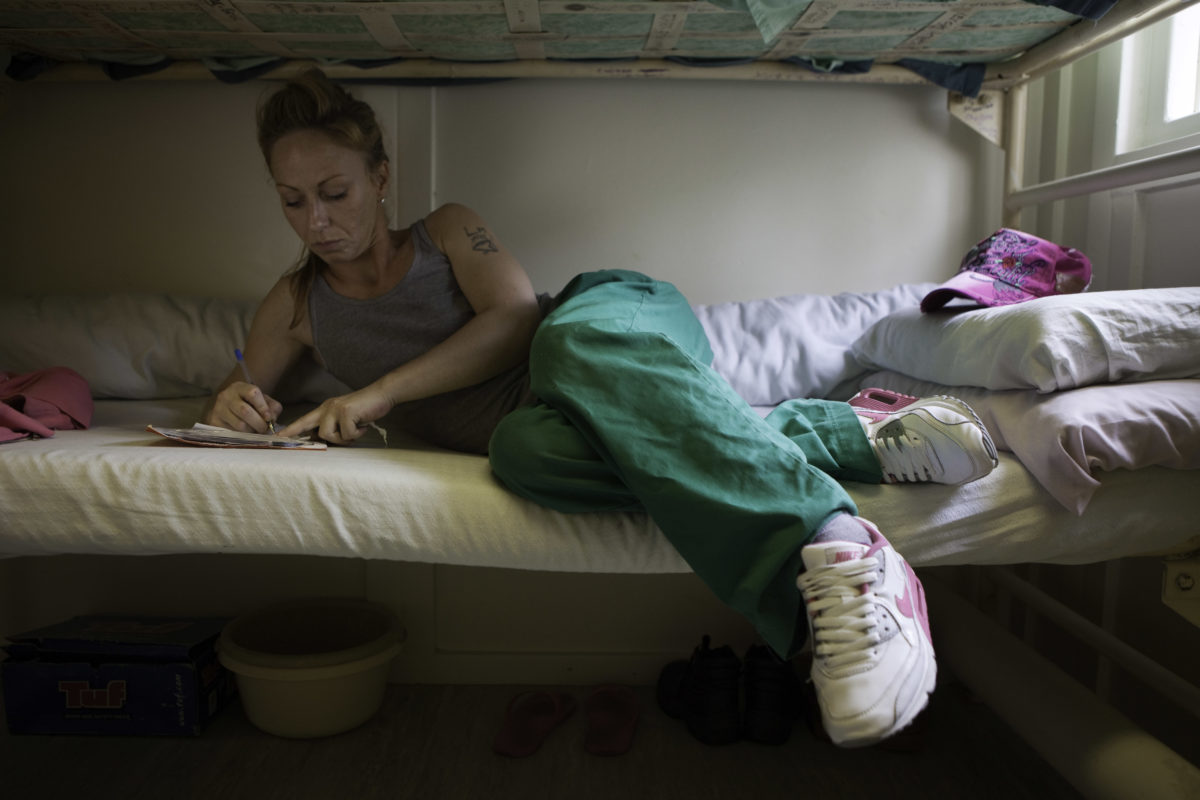The government has met less than half of its commitments to improve outcomes for women prisoners set out in a 2018 strategy, according to the Person Reform Trust. The recent announcement of 500 new prison places for women’s estate ‘reverses a key aim’ of the Female Offender Strategy, introduced by David Gauke when he was Lord Chancellor and which purported to ensure ‘custody is intended a last resort’ and to reduce the women’s prison population.
According to a PRT’s analysis of the strategy, the government has fully implemented less than half of its commitments, 31 of 65, and made no progress on 14. ‘The majority of the promises made in the strategy remain unachieved or partially achieved nearly three years after the strategy was published,’ the group says.
The Female Offender Strategy noted that over three-quarters of women sentenced to custody receive sentences of fewer than 12 months. There was ‘persuasive evidence’ short sentences of less than 12 months were ‘less effective in reducing reoffending than community penalties’. ‘Custody results in significant disruptions to family life,’ it continued. ‘We also know that custody can be particularly damaging for women, whose rates of self-harm are nearly five times higher than those of men. Women are also twice as likely to report suffering from anxiety and depression and more likely to report symptoms indicative of psychosis.‘
The strategy stressed earlier interventions, community-based solutions and pledged to make custody as effective and decent as possible for those women who do have to be there. ‘Its explicit objective to ‘reduce female prison places’ was widely endorsed by the criminal justice sector at the time,’ the PRT said. ‘However, concerns were raised by stakeholders over the lack of resources to deliver change, and the absence of a timetable to drive it.
‘There is little point having a good plan if you don’t deliver it,’ commented the PRT’s director Peter Dawson. ‘That requires a timetable, resources and measures of success. None of these are in place. Instead, the government seems to have abandoned the idea that its female offender strategy can deliver its explicit and most important outcome – a reduction in the imprisonment of women. It is prepared to find £150m for new prison places to meet the cost of policy failure, but only a pittance to secure its success. The large majority of women are sent to prison for non-violent offences to serve sentences of less than one year. It is time for the government to double down on its aim to send less women to prison by investing in community alternatives and limiting the use of pointless short prison sentences.’
According to the PRT, one consequence of the COVID-19 pandemic has been ‘a significant decrease in the women’s prison population’. ‘This is largely a result of a decline in the number of criminal trials owing to public health restrictions. However, as lockdown eases, and if nothing is done to prevent it, this trend is expected to reverse,’ the group says. ‘The latest prison population projections published by the Ministry of Justice show that the number of women in prison in England and Wales is predicted to rise from just over 3,000 today to 4,500 by September 2026.’
The group also points out that ministers have has not made available information tracking the implementation of commitments ‘most of which are vaguely worded and unclear’.
According to the PRT’s analysis:
- Even where commitments have been met there was ‘little or no information on whether it is having the desired impact. The strategy is not backed up by clear and comprehensive measures of success’;
- ‘Little progress’ in implementing promises in the strategy to address the particular challenges faced by black and minority ethnic women;
- More attention should be given to developing a safe, trauma informed environment for women in prison;
- Continued attention must also be given to the cross-departmental ‘Concordat on women in or at risk of contact with the Criminal Justice System’. The document was only published earlier this year ‘more than two years after it was originally promised’. ‘No funding was attached to the implementation of cross departmental working to establish more Whole System Approaches, and the document commits only to a “one-year on” review,’ PRT says.







